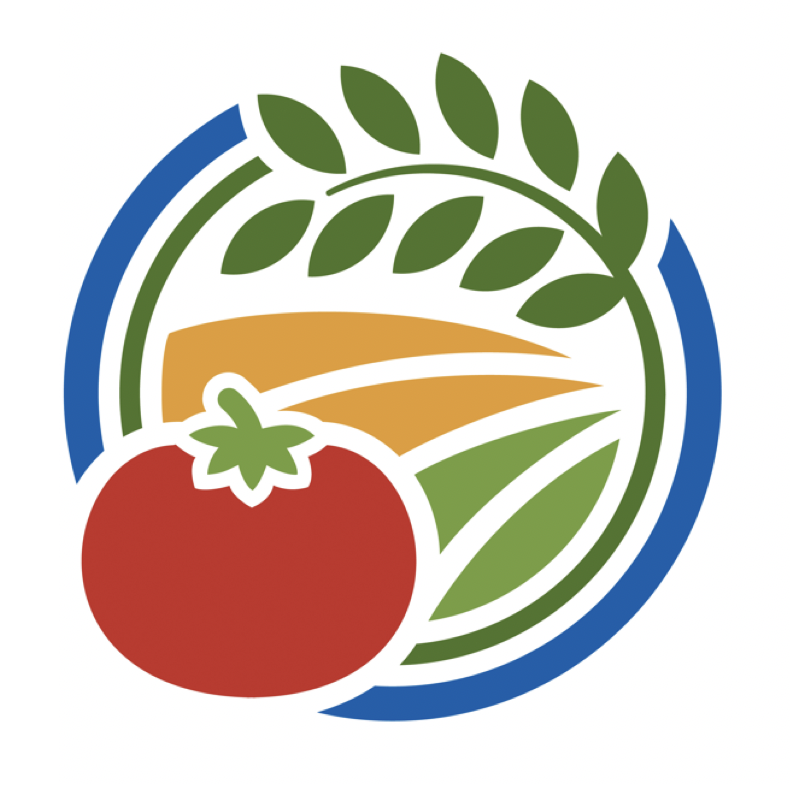University of California researchers define agricultural tourism (agritourism) as any income-generating activity conducted on a working farm or ranch for the enjoyment and education of visitors. It includes the interpretation of the natural, cultural, historic, and environmental assets of the land and the people working on it.
The Agricultural Marketing Resource Center (AgMRC) provides a list of business activities that it categorizes as agritourism. Examples of agritourism activities include but are not limited to U-Pick farms, on-farm markets, pumpkin patches and corn mazes, outdoor recreation, farm stays, demonstration farms and more. The purpose of these enterprises is multi-faceted. As the U.S. Natural Resources Conservation Service (NRCS) describes it: “farmers and ranchers rely on the natural resources of their land - the soil, water, air, plants, wildlife, and scenery - to keep their family on the farm and the farm in their family.” Agritourism can play a role in maintaining the land’s resources and enable the development of a more sustainable food system.
**This page gives general information about agritourism as an important part of sustainable agriculture. If you are interested in learning about our Agritourism program, which includes resources, training, and a website for farmers to promote their operations, visit our agritourism website.
Overview

Agritourism activities can provide the supplemental income necessary to allow for the preservation of small and mid-scale farms, ranches, and rural communities. It can be promoted as an outlet for local residents and tourists to experience direct contact and interaction with agriculture and natural resources. Increasing public interaction with local farms and ranches can promote an understanding and appreciation for the working landscapes that help maintain or enhance natural resources.
Long-term agritourism sustainability depends on preserving the quality of the nature-based environment that includes productive agriculture. The AgMRC outlines seven best management practices for an agritourism business – authentic experience, educational experience, customer service, adequate facilities, safe and accessible environment, community relations, and planning for a financial future. Many agritourism operators express a desire to educate visitors or as a tool for community outreach as some of the key motivating factors in implementing and managing their tourist-focused activities. The vast majority of the US population is not directly engaged in agriculture; agritourism efforts provide an opportunity for these individuals to engage with their local food system. These types of interactions may empower individuals to make more sustainable food and lifestyle choices and can increase the extent of rural advocacy among city dwellers.
Permitting issues, environmental health regulations, and liability or insurance concerns were the three most prominent factors limiting the implementation of agritourism. The UC Agricultural Issues Center found that the permitting system was overwhelmingly viewed by farm operators as misleading, time-consuming, or costly (AIC Issues brief). In order to obtain clearances, permits, and licenses, operators must follow a planning and permitting process that addresses land-use development, environmental health and safety, licenses and taxes, and direct marketing. Rules and regulations for agritourism operations vary by county, increasing the potential for miscommunication or misunderstandings within the system. Refer to the California Agritourism: Permits and Regulations webpage for information on the best approaches for meeting the regulations required to begin and sustain an agritourism operation.
University of California Contributions - Research
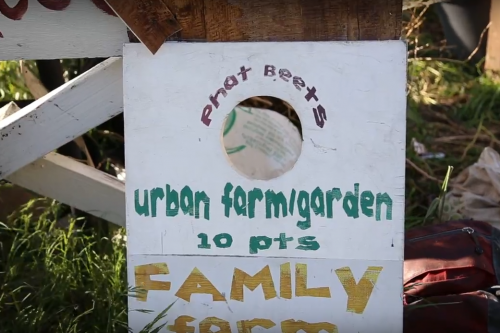
UC has engaged in a variety of research initiatives and programs aimed at promoting the development of sustainable agritourism. To investigate the political, social, and economic characteristics of agritourism in California, researchers from UC Cooperative Extension and the UC Small Farm Program performed an extensive survey of farmers engaging in various agritourism practices in 2009. With this information, researchers are able to better understand the needs of California agritourism and create outreach programs to assist in the development of the sector. The UC survey team focused on determining the types of activities that farmers were engaged in, marketing techniques, management and staffing practices, profitability, and the characteristics of typical visitors. Detailed survey information was published in UC ANR’s quarterly journal, California Agriculture: California agritourism operations and their economic potential are growing.
The survey determined that more than 2.4 million visitors participate in agritourism activities yearly. Although the California wine business plays a critical role in the agricultural economy of the state, the survey only included small wineries (those producing fewer than 10,000 cases annually) that were also engaged in non-wine-related agritourism activities. It is estimated that the wine industry attracts an additional 21 million tourists spending $2.1 billion each year within the state. More information on the California wine business can be found on the Wine Institute’s website or through the UC Davis Viticulture and Enology department.
The survey found that 68% of farms offering agritourism activities were considered a “small farm” by the USDA. These farms operate with gross annual sales of less than $250,000. Income diversification is a crucial aspect for small-scale farms to maintain economic viability. Supplementing traditional production with agritourism practices can help buffer seasonal fluxes in farm income and market volatility. Roughly 75% of the survey respondents indicated that they were motivated to implement agritourism practices as a method of increasing profitability.
In a different study to better understand the market and resources realistically available to farmers, UC researchers studied the economic impacts of agritourism. This report found that especially at the urban-rural interface, agritourism provides economic incentives for growers, opportunities for product diversification, and helps to educate the public about the importance of supporting local agriculture.
UC Contributions - Outreach and Community Involvement
To meet the needs of small-scale farmers in California the UC Cooperative Extension established the UC Small Farm Program in 1979 which operated as a statewide program of UCANR until 2009. This program developed field and marketing research aimed at the needs of small-scale farmers who may not be reached by traditional extension programs (Small Farms Program 15 yr report). Small Farm Advisors continue to work from county-based Cooperative Extension offices and are organized as the UC ANR Small Farms Network.
In addition to ongoing extension efforts by program coordinators and county advisors, UC has several publications to assist farmers and ranchers in establishing agritourism into their businesses. In 2006 Desmond Jolly, with the UC Small Farm Center, published A Handbook for Planning and Managing Agritourism and Nature Tourism Operations. ANR offered a 2011 revised edition of Agritourism and Nature Tourism in California. Written by UC Cooperative Extension advisors, Holly George and Ellie Rilla, this book is used as a teaching guide by the statewide agritourism workshops.
Agritourism efforts are now housed at UC SAREP under the direction of Rachael Callahan, the Statewide Agritourism Coordinator. She manages the UC SAREP Agritourism program’s website and writes the California AgTour Connections e-newsletter. The website provides news, fact sheets, and additional resources including the UC Agritourism Directory and Calendar.
Callahan helps organize workshops, classes, and lectures, such as the Agritourism Intensive three-session course designed to familiarize small-scale farmers with the regulations and management needs of agritourism operations. Callahan mentions there have been at least 2,000 ranchers and farmers who have participated in these workshops, which provide opportunities for participants to meet the visitor bureau and the county staff, attend field trips and start their own business and marketing plans.
Since 2011, the UC Small Farm Program and then UC SAREP has worked with partners to provide resources, such as summits, trainings and guides for agritourism operators. Examples of projects include Agritourism Intensive Trainings, Building a Farm Trail Project, a guide for Marketing Regional Farms and Wineries, and Regional Agritourism Summits (2017).
UC Resources
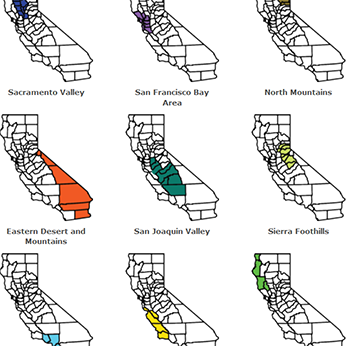
The UC Division of Agriculture and Natural Resources maintains a directory of agritourism operations in the state of California.
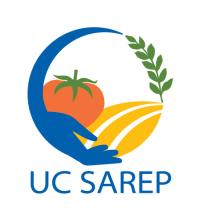
The UC Sustainable Agriculture Research and Education Program houses an agritourism program that works with county-based UC Cooperative Extension farm advisors, provides resources for agritourism operators and hosts California's statewide directory and calendar of agritourism operations.
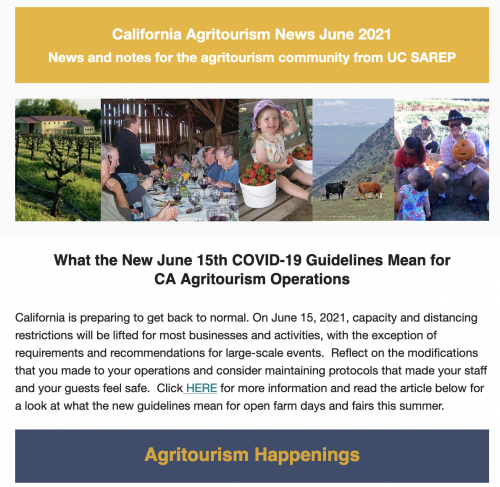
The California AgTour Connections e-newsletter is a chance for growers, agritourism operators, county staff, tourism professionals, and others to keep up with news and information.
Contributors: Leigh Archer, Bev Ransom, Mariah Coley
How to cite this page
UC Sustainable Agriculture Research and Education Program. 2017. "Agritourism." What is Sustainable Agriculture? UC Division of Agriculture and Natural Resources. <https://sarep.ucdavis.edu/sustainable-ag/agritourism>
